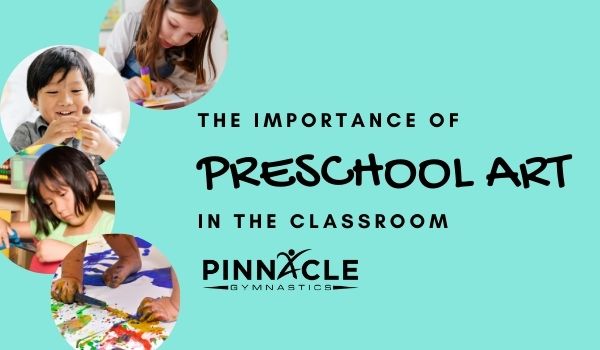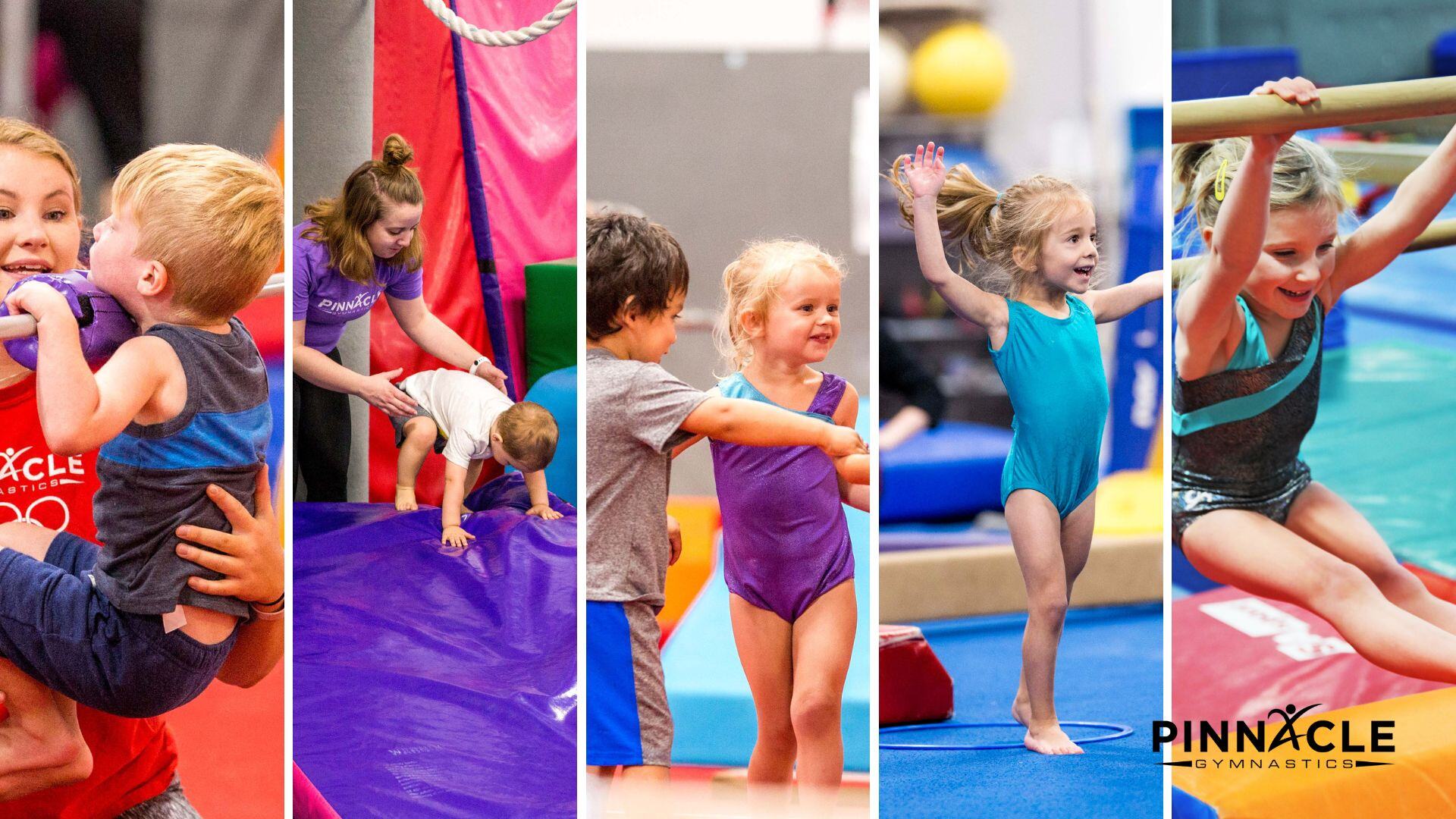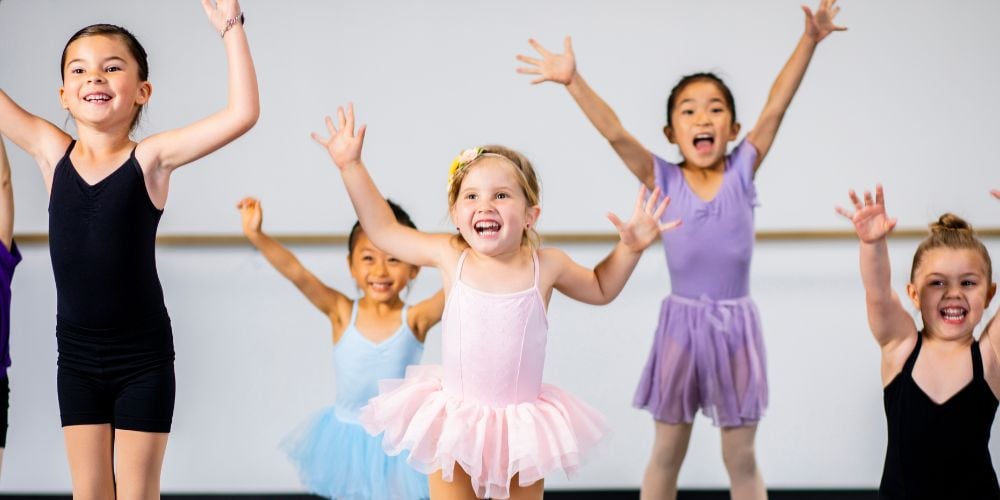As a preschool parent, hopefully you are bombarded every week with lots of different and unique art projects coming home from your child's preschool class. It may feel a bit overwhelming every time you check out your child's backpack and see all the different art projects coming home. While they may seem cutesy, these projects are vital to your child's preschool development.

Fine Motor, First and Foremost
Art projects are a fantastic way to work on fine motor skills for your preschooler. These projects often require your child to manipulate different supplies and materials to create the finished project. This requires your child to use small, fine motions to complete. Fine motor skills like these will build into handwriting, cutting, and other important developmental skills.
Why is fine motor important? As an adult, you use fine motor skills every day, most of the day. These skills that your child is building will eventually translate into the ability to write, type, tie their shoes, feed themselves, and so much more. These skills are not something your child is born with, but instead are learned in stages throughout their childhood. A majority of these skills are learned during their preschool years, and art projects are a great way to develop these skills.
Beyond Fine Motor, Even More Benefits
While fine motor skills are reason enough to have art projects a daily part of your child's preschool day, there are even more benefits. Children that work on art projects are also working on creativity, self expression, and more. Art is a fantastic way for a child to showcase their creative side.
Creativity is a skill that seems to be diminishing, and is a vital one to bring back. Creative people are people that can see new and different outcomes and procedures. Even if your child does not end up as an artist, creativity translates into thinking in new, out of the box ways. For example, scientists can be some of the more creative people, as they have to look at a problem, create a solution, and figure out the best way to test their solution. Often, they have to come up with several different ways to test before they can begin.
Along with creativity, healthy self expression is a vital developmental skill. By learning to express themselves through art, children are able to understand their emotions and help develop regulatory skills. This allows children to feel frustrated, sad, happy, and more and express it through art instead of emotional outbursts and other, less healthy alternatives. This is a skill that can continue throughout their adult lives.
As a Parent What Should You Do?
Now that you know what this art means for your child, what does that mean for you? Do you need to save all the art projects? No, but taking the time to acknowledge the art projects and how hard your child worked on them is important. Ask your child questions about the project, how did they do it and what does it mean? This will give your child a chance to talk through the project and showcase what they learned. Make sure to save a few, important pieces from each age and you will be good to go.
Remember, art is important. Take the time to acknowledge the projects and let your child know how proud you are of them for how hard they worked. Encourage your child to continue their art times at home. Even better, take the time to create art with your child. All of these steps will help build your child's fine motor skills, as well as their creativity and self expression.




